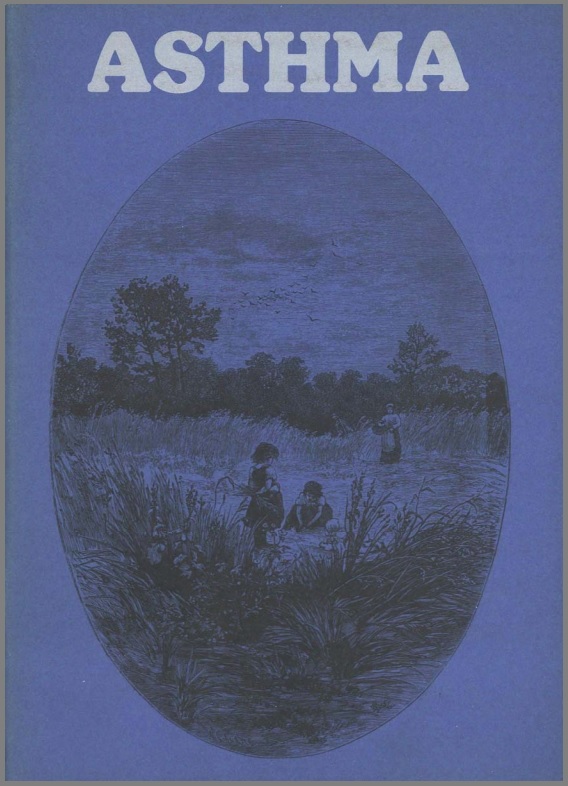Sign up to our newsletter Subscribe
Establishing the Economic Value of Carbon-Minimal Inhalers

Asthma, a term derived from the Greek meaning to pant, was first clearly described by Aretaeus, a physician who practised in the second and third centuries of the Christian era. Many descriptions of the disorder appeared subsequently but they were often brief and…
Asthma, a term derived from the Greek meaning to pant, was first clearly described by Aretaeus, a physician who practised in the second and third centuries of the Christian era. Many descriptions of the disorder appeared subsequently but they were often brief and inadequate and their value was limited still further by confused theories of causation and complicated methods of treatment (Major 1953). Traditionally much emphasis was placed upon the aetiological role of emotion although there were exceptions: Cardan, in 1552, hinted at the possible hazard of feather pillows for asthmatics and van Helmont (1577- 1644) recorded cases that appeared to have been provoked by dust, the eating of fish and changes in the weather. The development of more sophisticated techniques of medical science during the nineteenth century led to a greater understanding of the respiratory system and in the early years of the present century Richet (1902) and von Pirquet (1906), by defining more precisely immunological reactions, started a more scientific approach based on laboratory and animal experiments.
Bronchial asthma is characterised by periodic attacks of breathlessness caused by obstruction of the airways which is variable in degree and largely reversible, either spontaneously or as a result of treatment. In common with several other well-known conditions, such as epilepsy, asthma is not strictly a disease itself but a term used to describe a set of symptoms which result from the action of a number of incompletely understood mechanisms. The common factor is the hyperreactive nature of the airways which respond to a wide variety of chemical, physical and emotional stimuli.
The process of breathing consists of a muscular effort which enlarges the chest in all dimensions causing the lungs to fill with air. These muscles then relax and the expulsion of air depends largely on the elasticity of the lungs. In asthma contraction of bronchial smooth muscle constricts the airways, although not necessarily always at the same level, and the passive nature of normal ‘breathing out’ means that there is little the patient can do to assist the removal of air from the lungs. The effort of breathing in the presence of this physical restriction usually produces a wheeze of variable audibility which may be accompanied by an irritating cough.
Asthma
